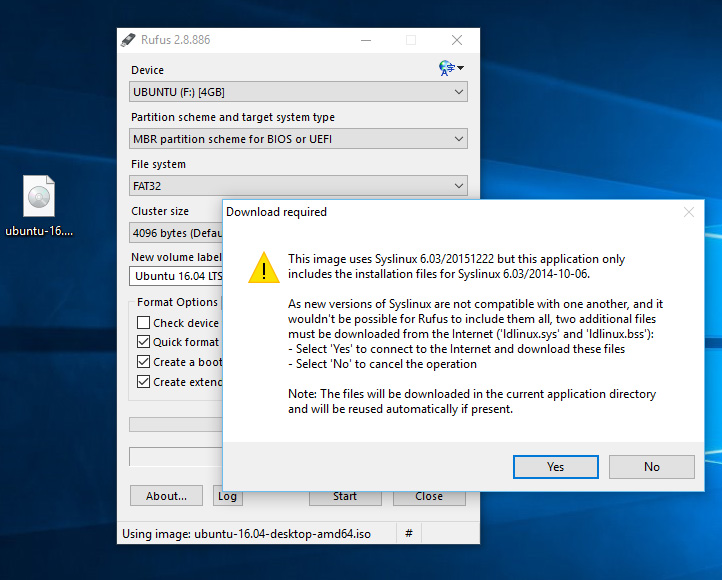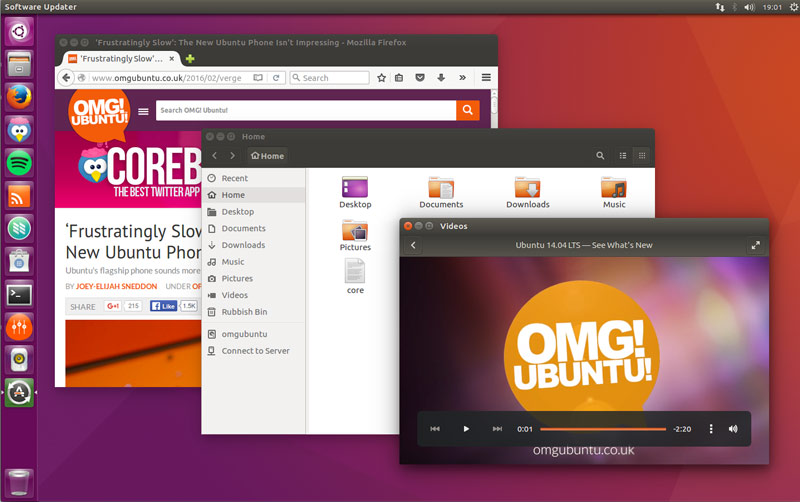Download Ubuntu Iso File
Contents
|
There are several methods of obtaining Ubuntu.
Desktop image for 64-bit PC (AMD64) computers (standard download) ubuntu-18.04.5-desktop-amd64.iso.torrent: 2020-08-13 15:02: 164K: Desktop image for 64-bit PC (AMD64) computers (BitTorrent download) ubuntu-18.04.5-desktop-amd64.iso.zsync: 2020-08-13 15:02: 4.1M: Desktop image for 64-bit PC (AMD64) computers (zsync metafile) ubuntu-18.04.5. Download highly compressed ubuntu iso free shared files. Mafia 2 highly compressed by prohackersden.blogspot.com.rar from all world's most popular shared hosts. Simple and easy way to download ubuntu linux iso file. Select an image. Ubuntu is distributed on four types of images described below. The desktop image allows you to.
Go to the Official Download Page
Select the Ubuntu Desktop version that you wish to install:
If you have a recent computer (>2010), or if you know that your computer is 64bit, you should select the 64bit version for better performance and UEFI compatibility.
Else, you can select the 32bit version.
Click the Get Ubuntu button to begin the download of the ISO file.
Either burn the ISO on to a blank DVD or burn the ISO on to a USB key.
You can buy a CD/DVD from Ubuntu.
UbuntuDistributors can often ship Ubuntu CD-ROMS and DVDs faster than the Shipit service.
You can buy Ubuntu Pre-installed from a number of places.
Local Linux User Groups (LUG) may supply copies of Ubuntu at their meetings.
- Libraries often stock software on CD-ROM.
- Computer magazines may contain Ubuntu CD-ROMS and DVDs.
LTS versions
Ubuntu releases a new version every six months. The LTS abbreviation, meaning 'Long-Term Support,' designates that the version will be supported for 5 years on servers and desktops. By contrast, other versions are supported for only 6 months. This does not necessarily mean that the LTS version is more stable than other versions, just that it is updated and supported for a longer period than the other versions.
Development versions
As the next Ubuntu release draws closer, preview versions of it will be released on CD. These development releases may be very unstable (especially in the early stages of the cycle). If you are interested in helping test the release (and reporting or fixing bugs), you might be interested in installing these releases. However, most users will NOT want to use a development version.
To download daily CD images using jigdo ('Jigsaw Download'), see the JigdoDownloadHowto.
Wubi installer
Deprecated and unsupported, not recommended: If you are running Windows and would like to install Ubuntu within Microsoft Windows as you would install a Microsoft Windows-based program, you can install Ubuntu via Wubi (remark: this is less reliable than a standard installation).
CategoryInstallation
This brief tutorial shows students and new users how to mount ISO files on Ubuntu 18.04 | 16.04.
You typically see ISO files when you want to install an operating system or consume movie, audio or other archive data of CDs | DVDs.. This is the most popular way to archive large data to be downloaded or transferred…
For example, Ubuntu comes in ISO file format.. If you want to install Ubuntu today, you’ll probably have to download an ISO image file.. I doubt you can purchase Ubuntu OS on a DVD nowadays..
For students and new users looking for a Linux system to start learning on, the easiest place to start is Ubuntu Linux OS…. It’s a great Linux operating system for beginners and folks looking for easier Linux distribution to use..
Ubuntu is an open source Linux operating systems that runs on desktops, laptops, server and other devices…
When using Ubuntu, you will find that Linux isn’t so different than Windows and other operating systems in so many ways, especially when it comes to using the system to get work done.…
Both Ubuntu and Windows systems allow you to be productive, easy to use, reliable and enable you to install and run thousands of programs from gaming to productivity suite software for individuals and businesses..
To mount or extract ISO file format on Ubuntu, follow the steps below:
Option 1: Mount via Ubuntu Command Line
In most cases, you may use Ubuntu desktop to mount ISO files.. However, in some instances where you’re working on a server terminal, using the command line is your only option…
Linux mount command allows you to mount files at a mount point you specify.. For example, if you want to mount an ISO file named mini.iso in the /media/iso (mount point) folder, you’ll run the command below:
For this tutorial, our ISO file is saved in John’s home folder… ( /home/john/mini.iso)
To mount the ISO file, run the commands below:
sudo mount /home/john/mini.iso/media/iso -o loop
When you mount it, you may get a message as shown below: that the device is mounted but read-only..
mount: /media/iso: WARNING: device write-protected, mounted read-only.
Download Ubuntu Iso File Image
The -o loop option tell the mount command to mount the ISO file as a loop device… The loop device is mounted at the /media/iso folder. (aka, mount point). Loop devices have special functions in Linux…
Now that the device is mounted at the mount point, all you need to do to view its content is to use the ls command…
Example:
Ubuntu 20.04 Iso
ls /media/iso
That should list the content of the ISO file…
To un-mount the attached or mounted loop device, simply run the commands below:
sudo umount /media/iso/
If the device is in use, the command will fail to un-mount … You’ll need to exit out of the loop device to un-mount..
Option 2: Use Ubuntu Desktop App
If you’re using Ubuntu desktop simple right-click the ISO file and mount it using Gnome’s disk image mounter..

Once the ISO image is mounted, it will appear on the desktop where you will be able to browse its content using Gnome’s file manager.. To un-mount, simply select the mounted device on the desktop and click Unmount..
That should do it!

Conclusion:
Students and new users who are learning how to use Linux systems should preferably choose Ubuntu… It’s simple, and suitable for beginners.. This post shows you how to mount and un-mount ISO files on Ubuntu
You may also like the post below:
